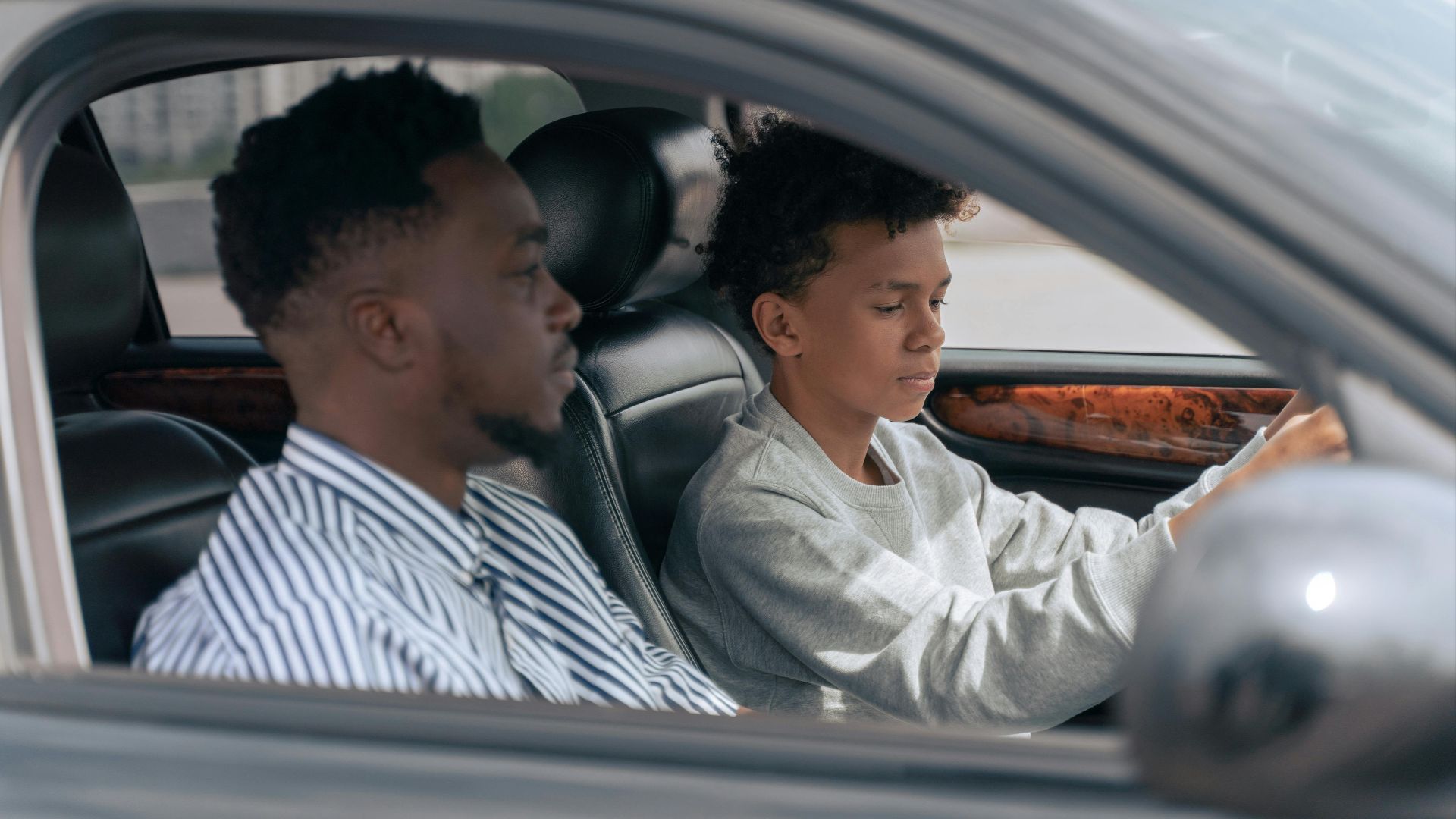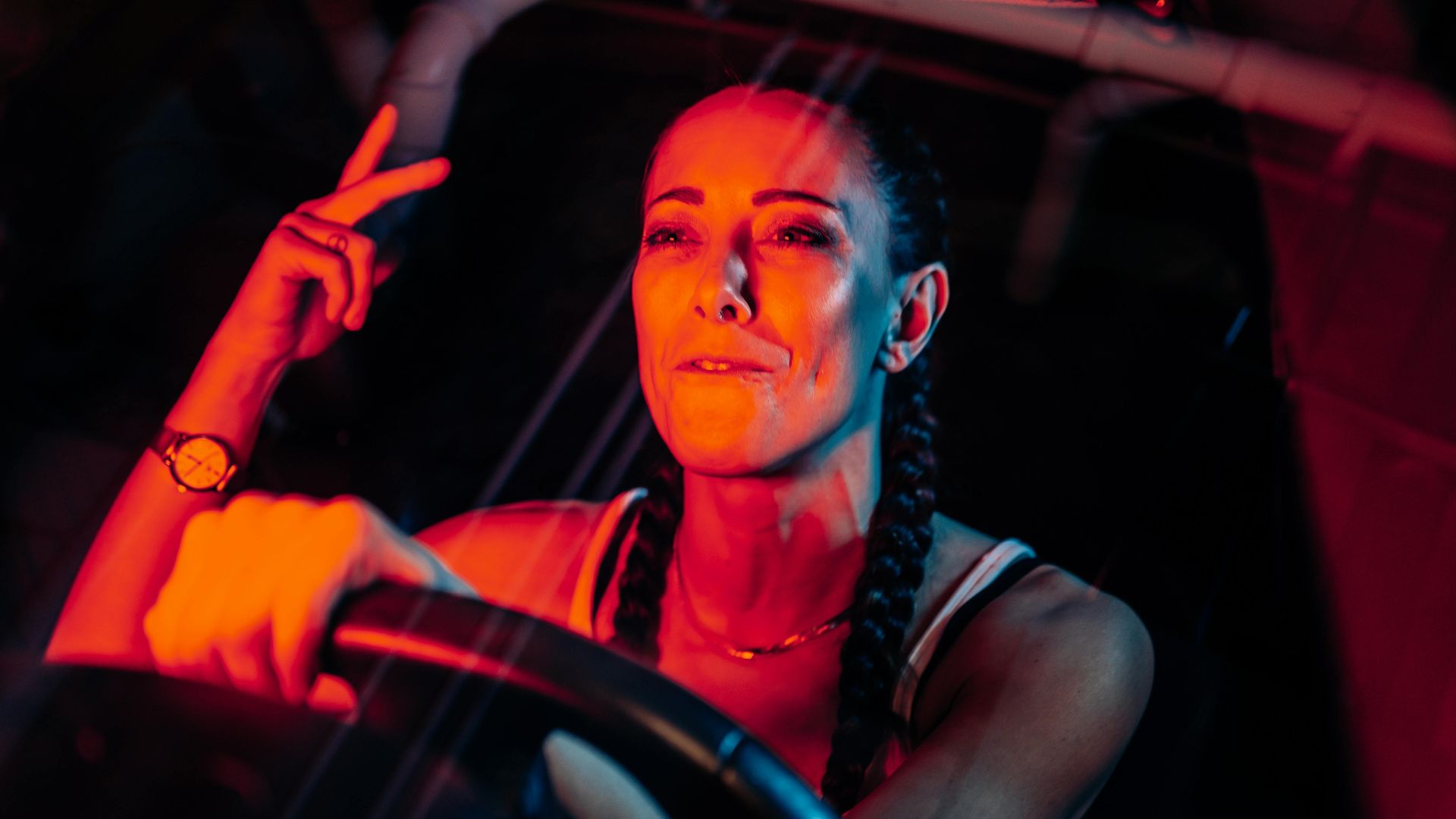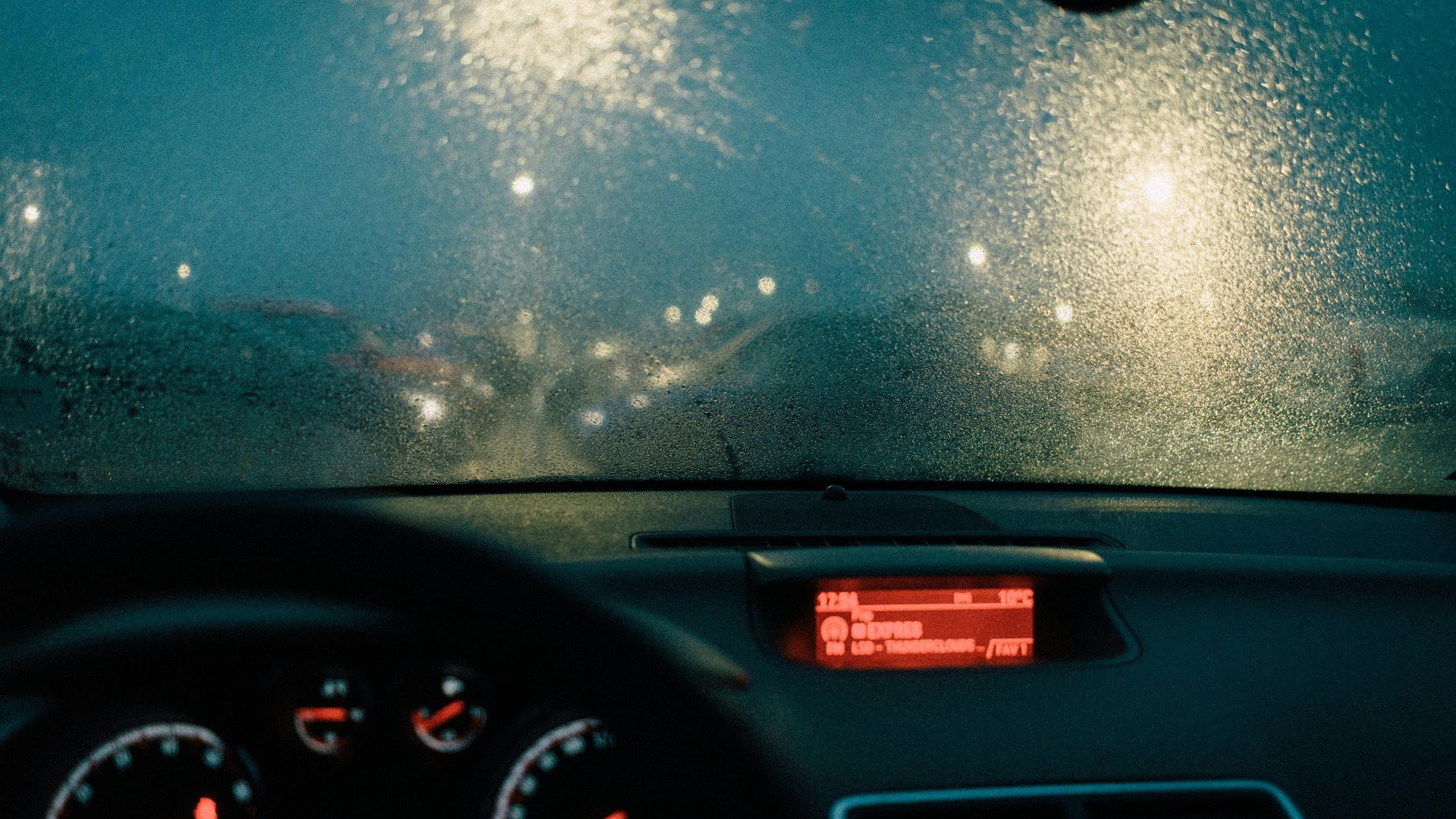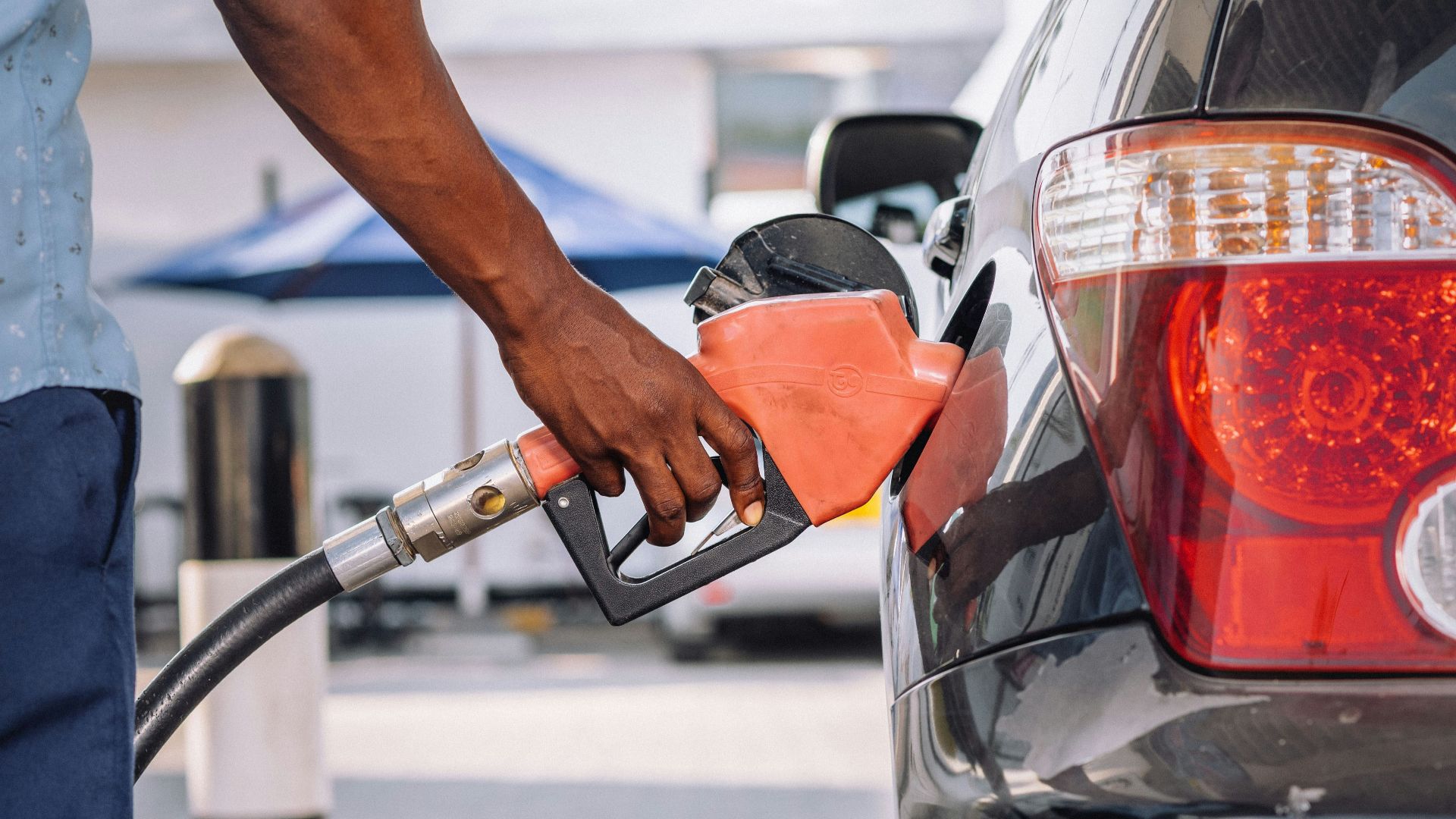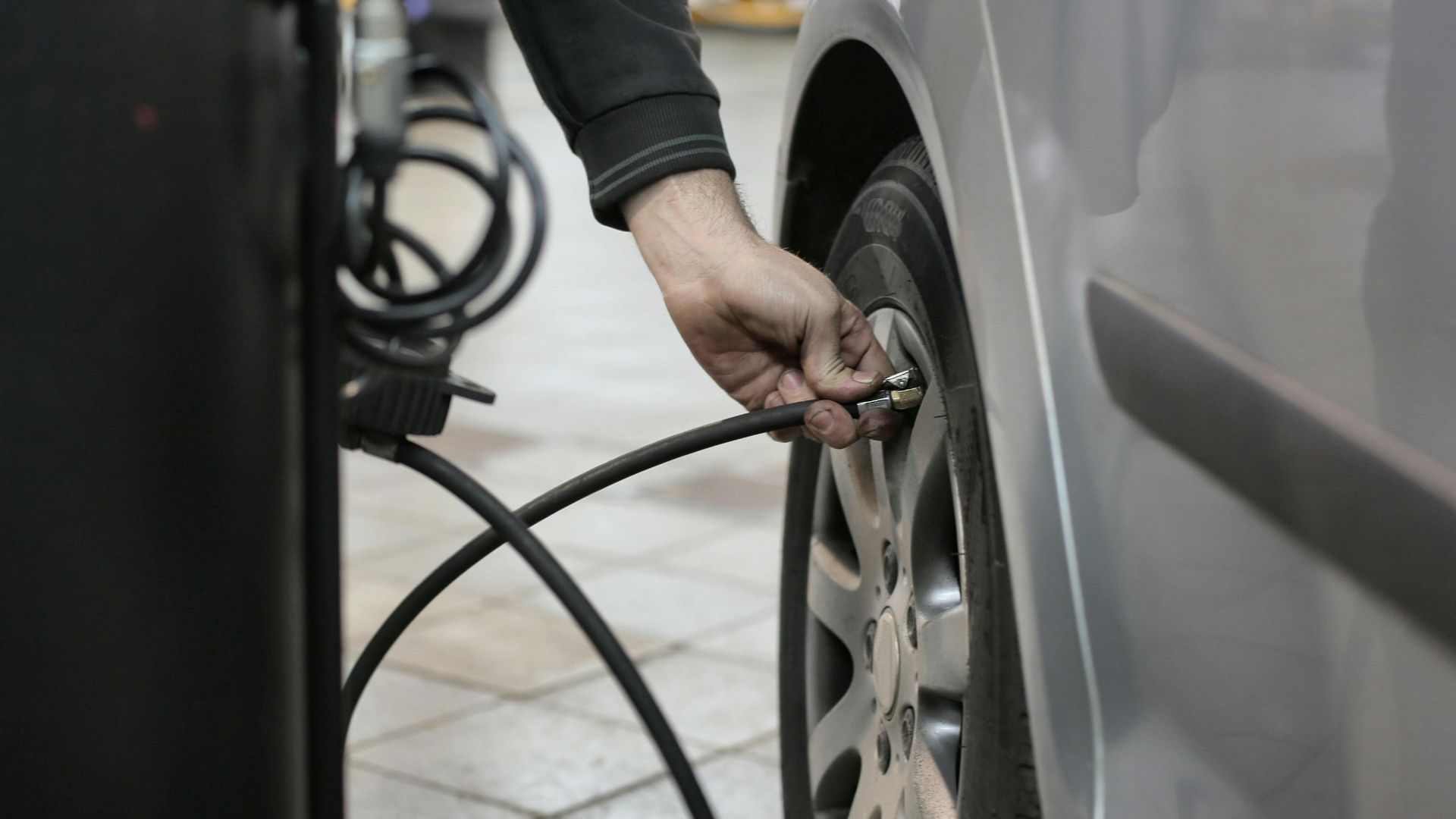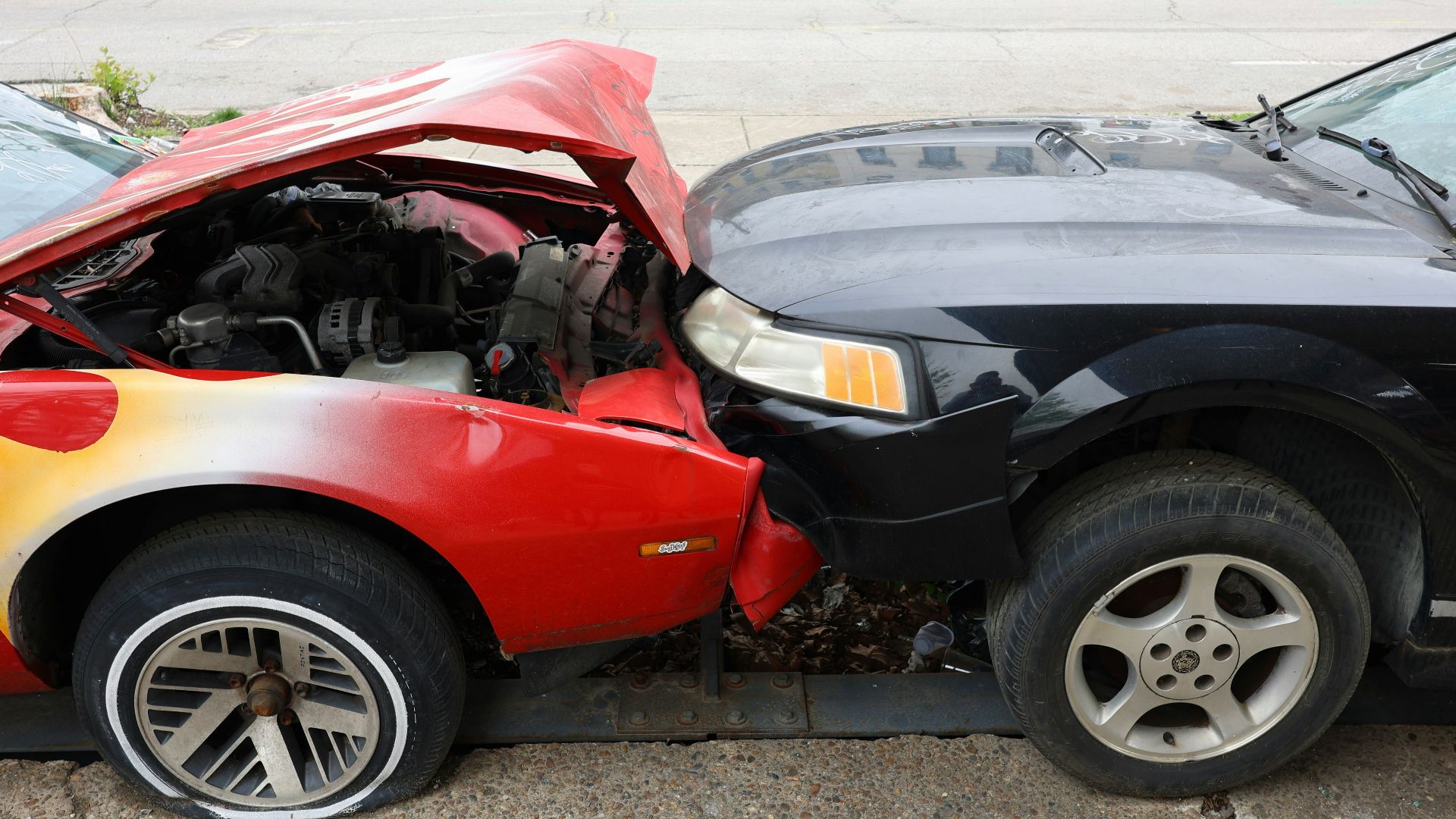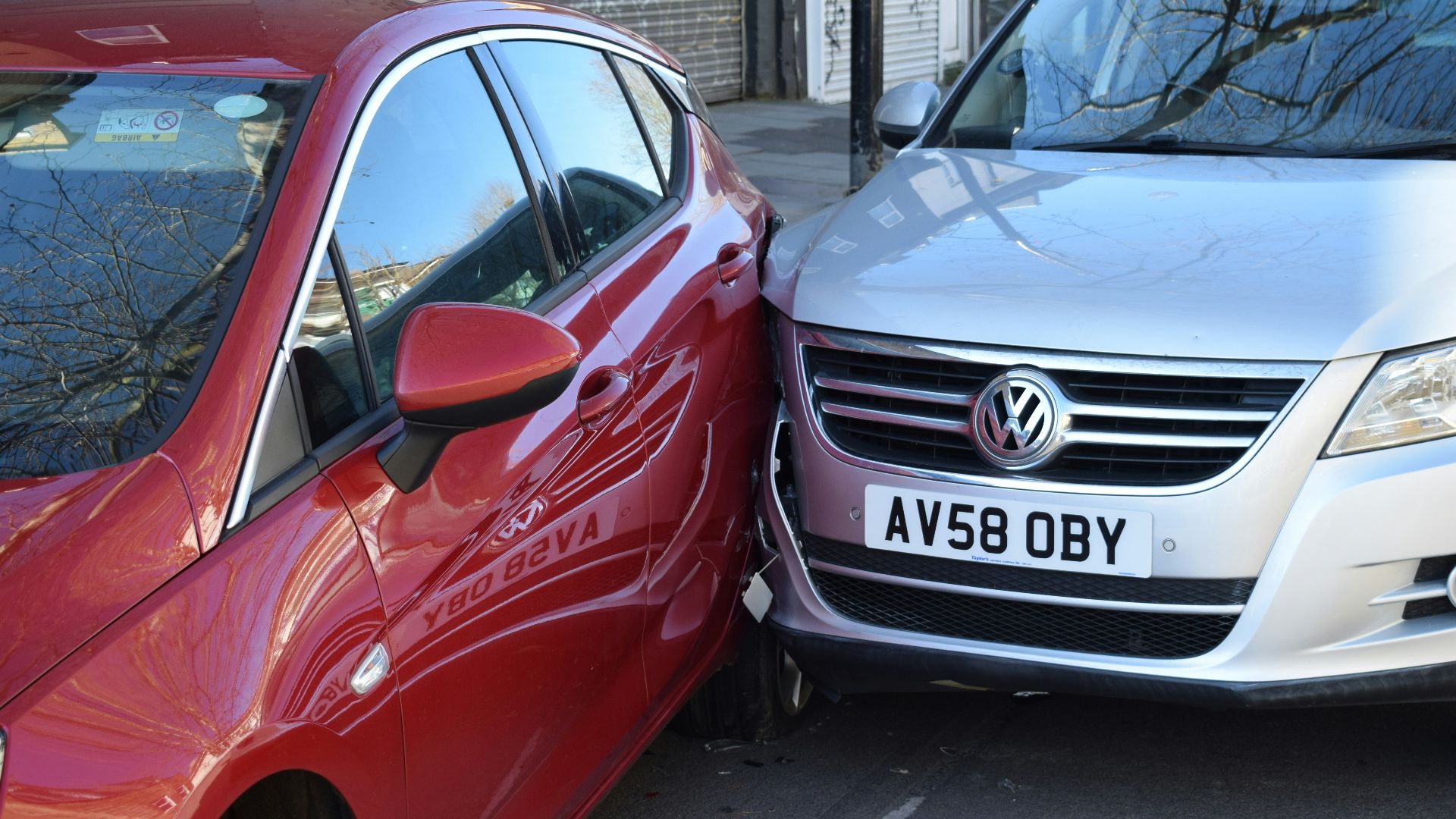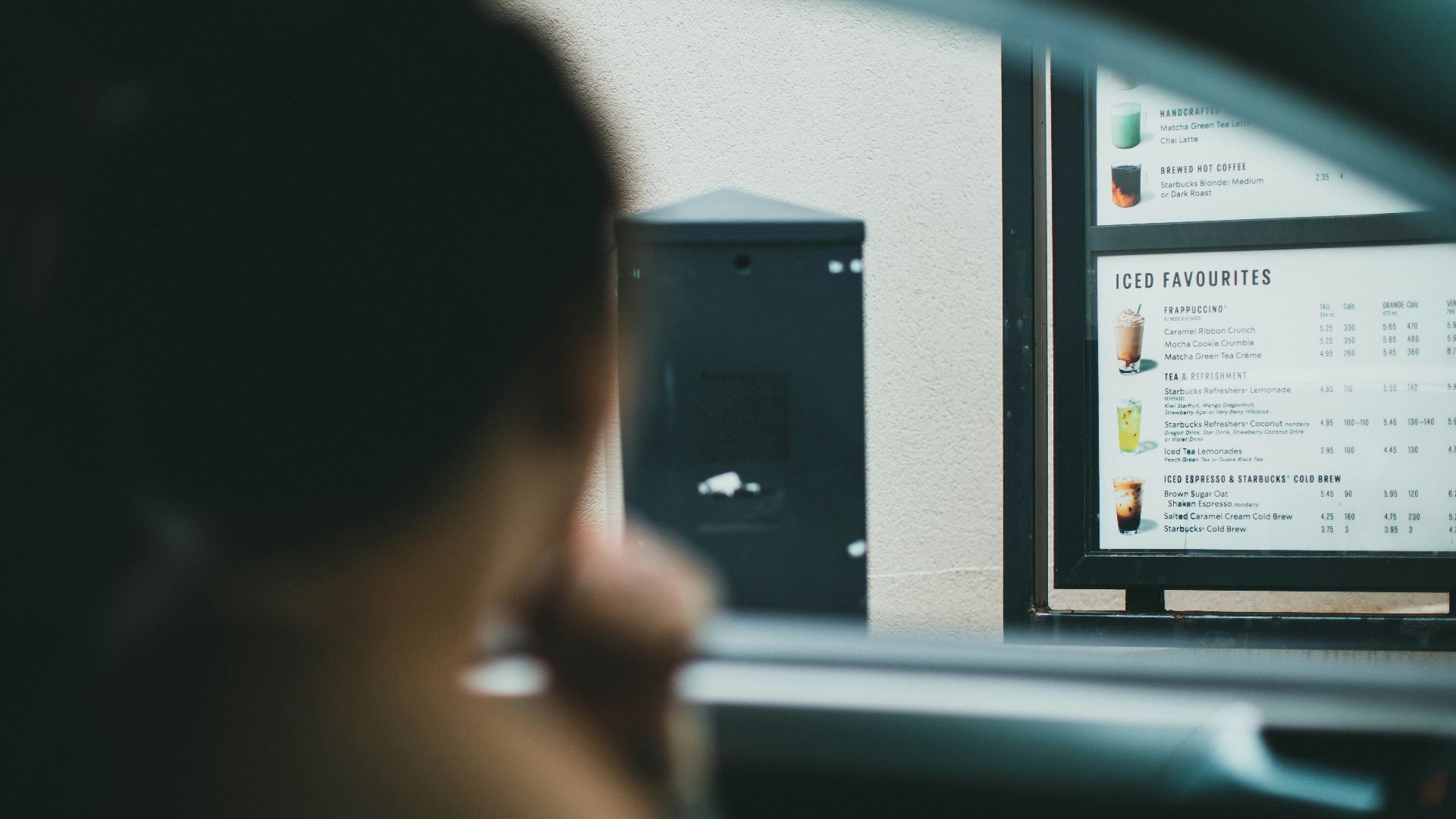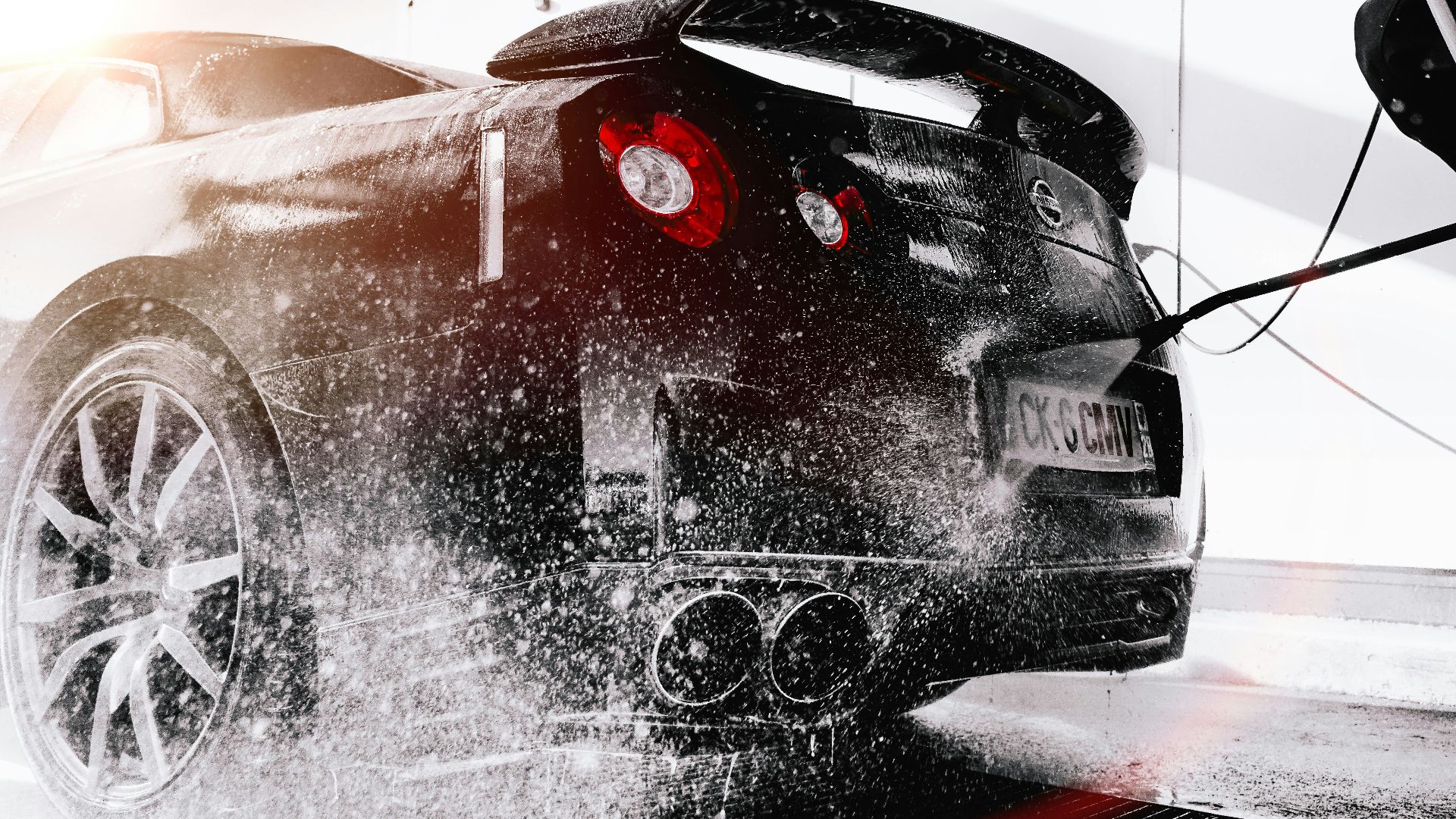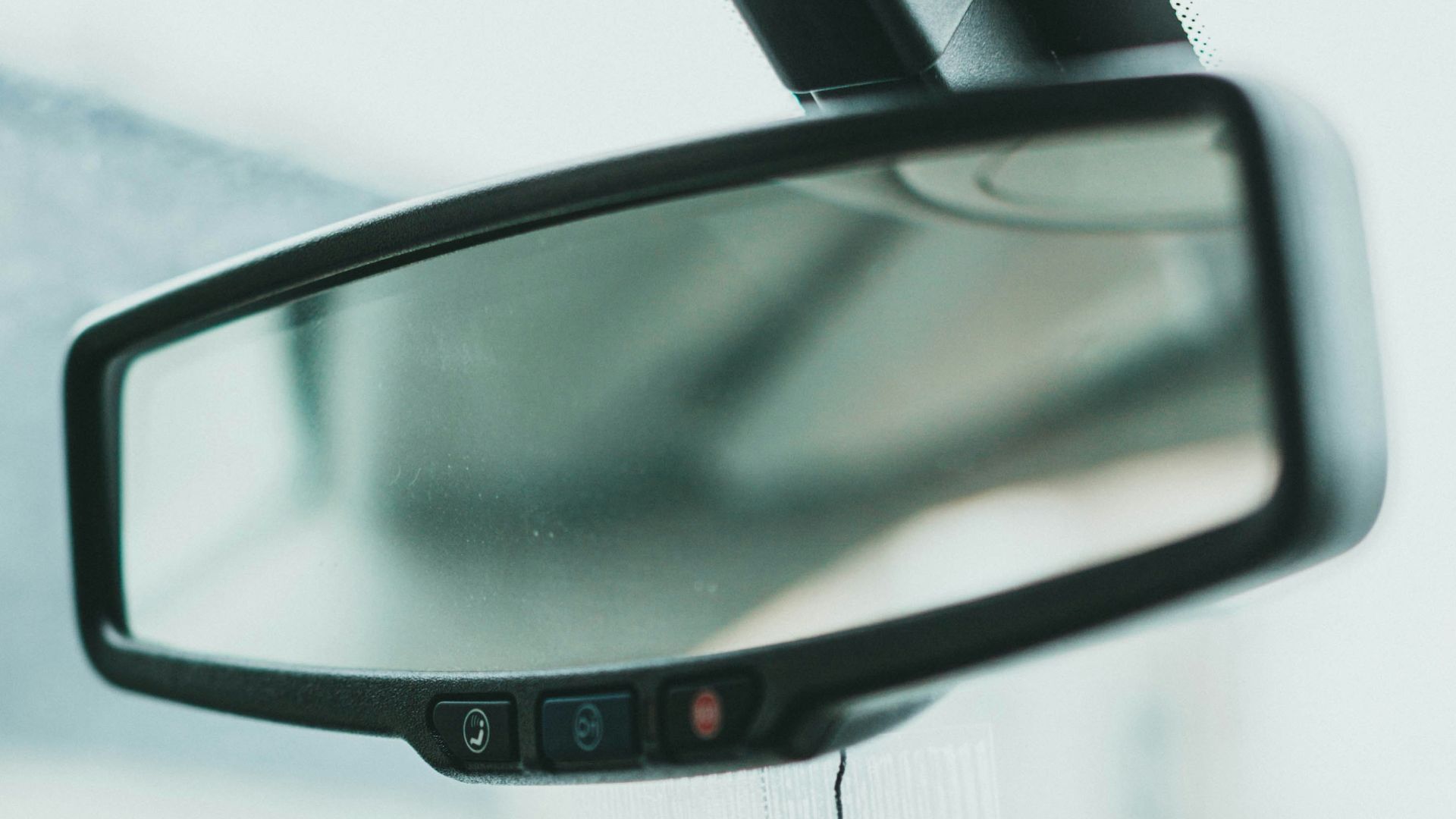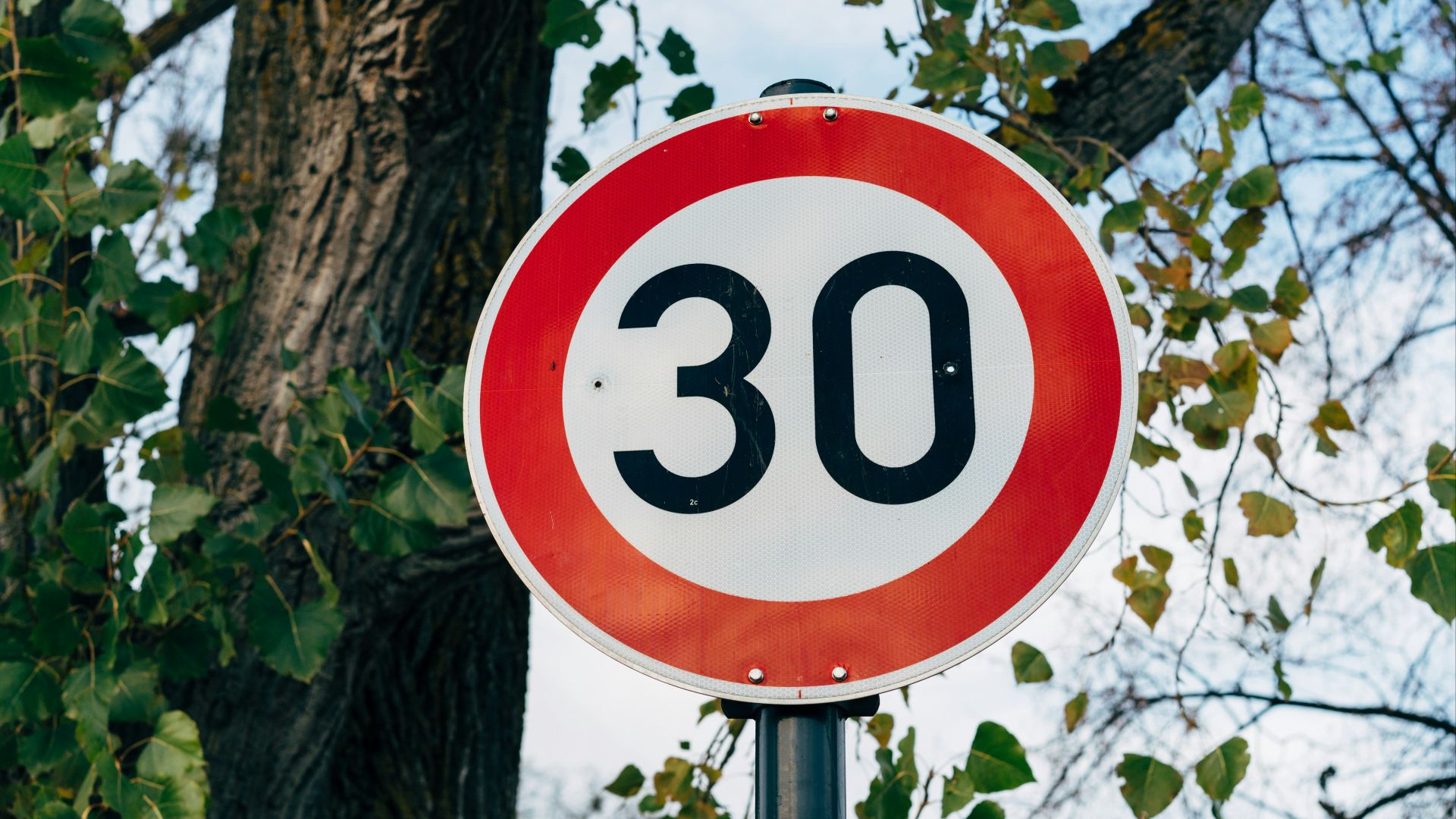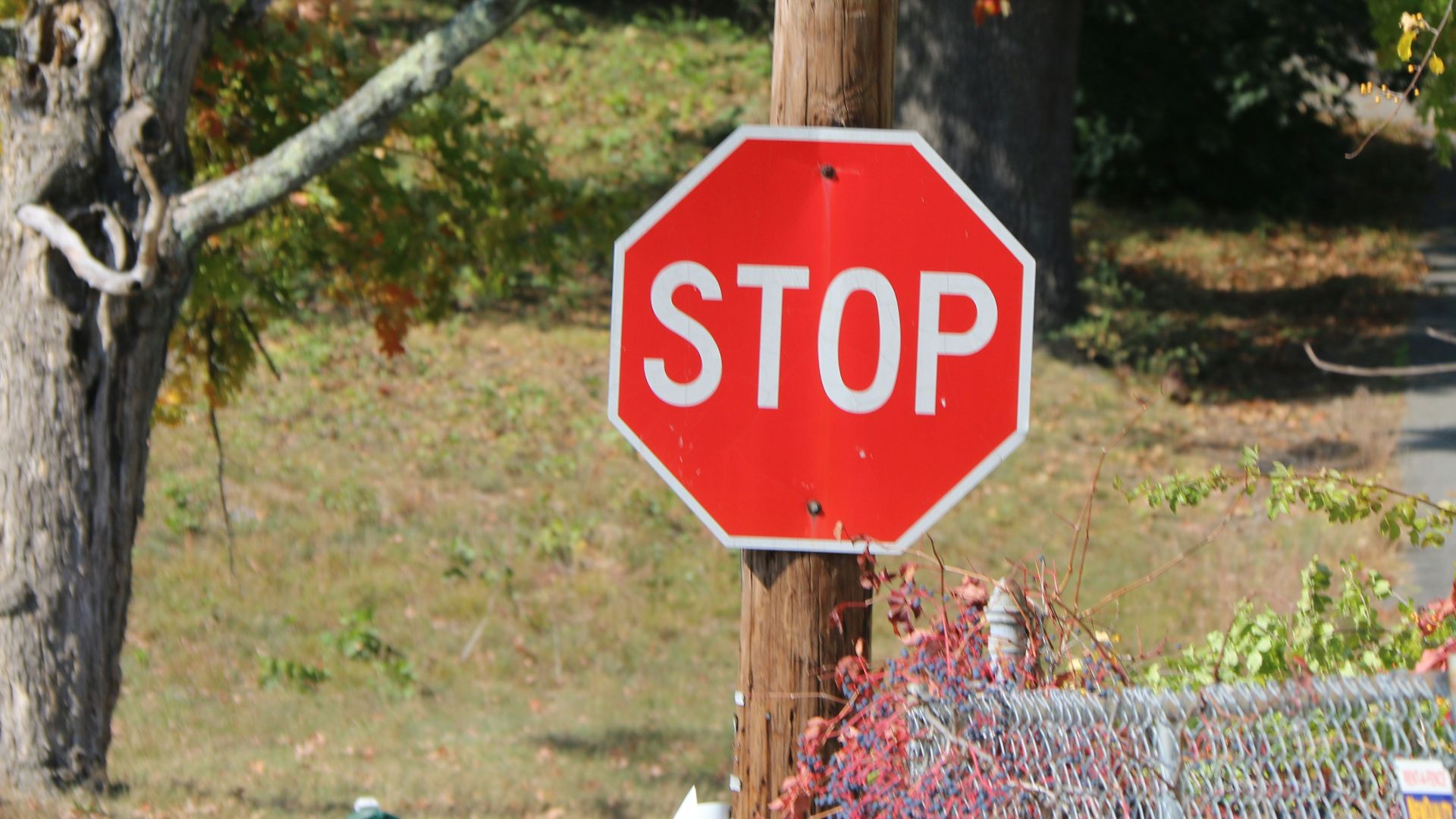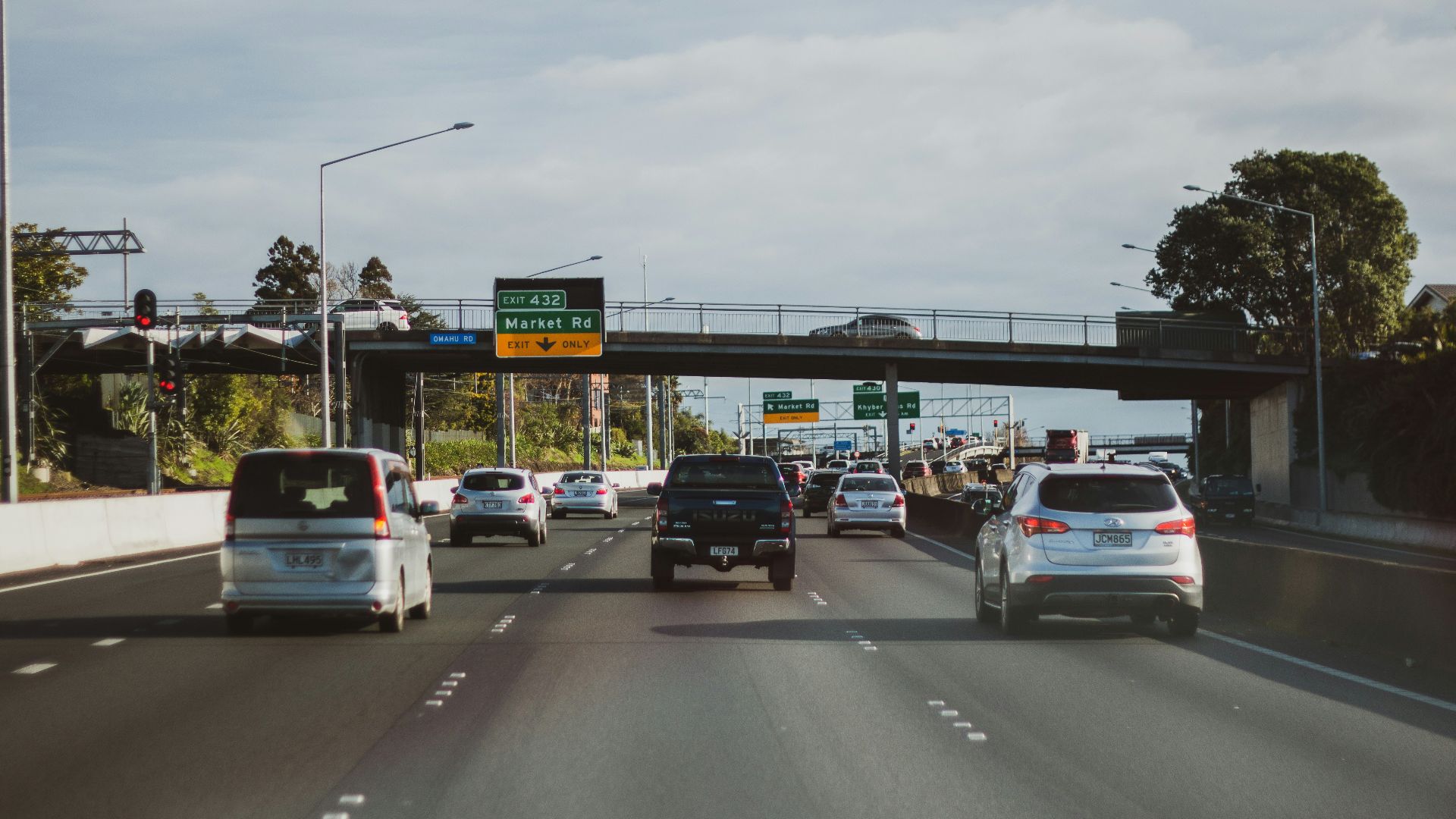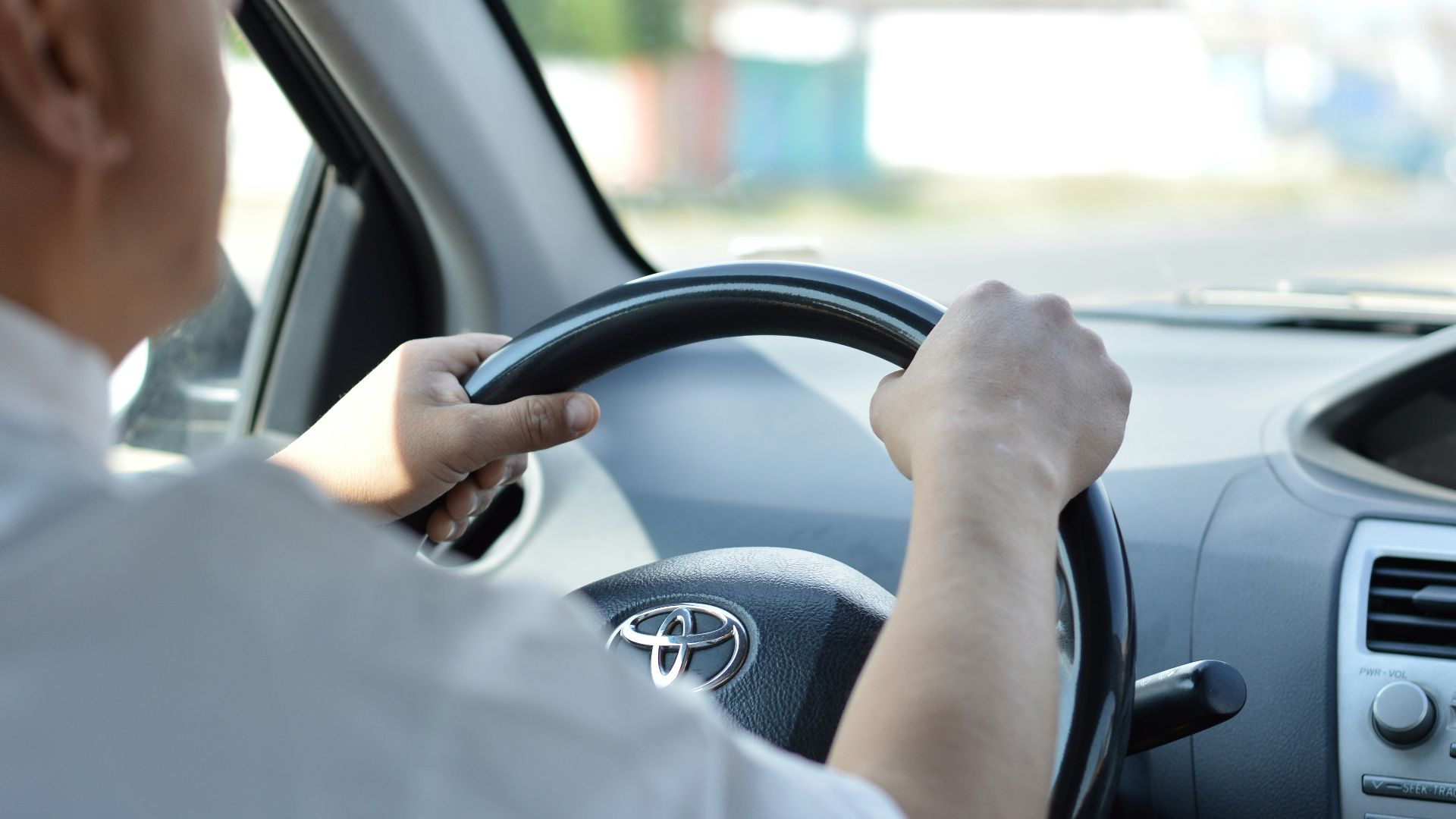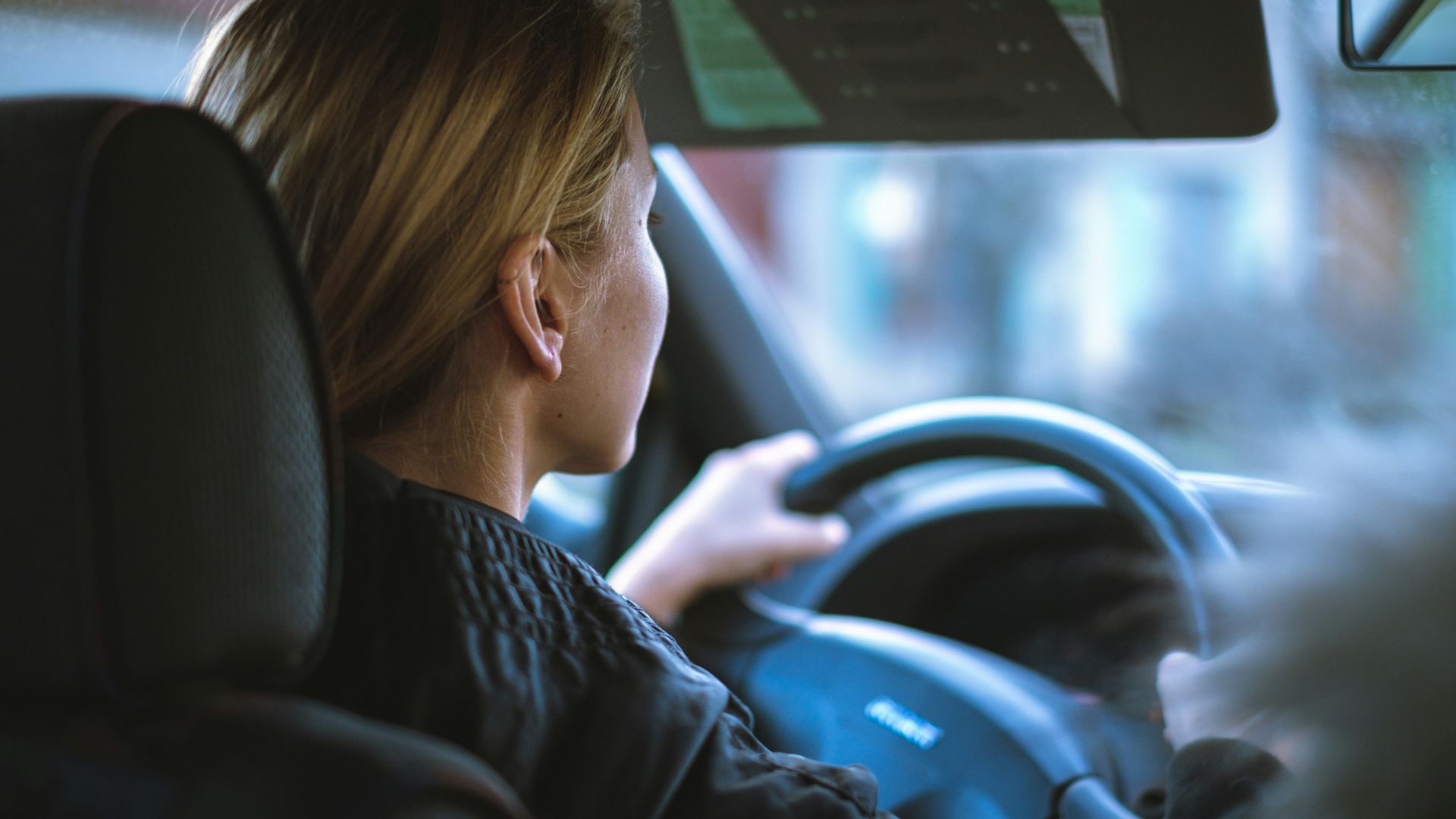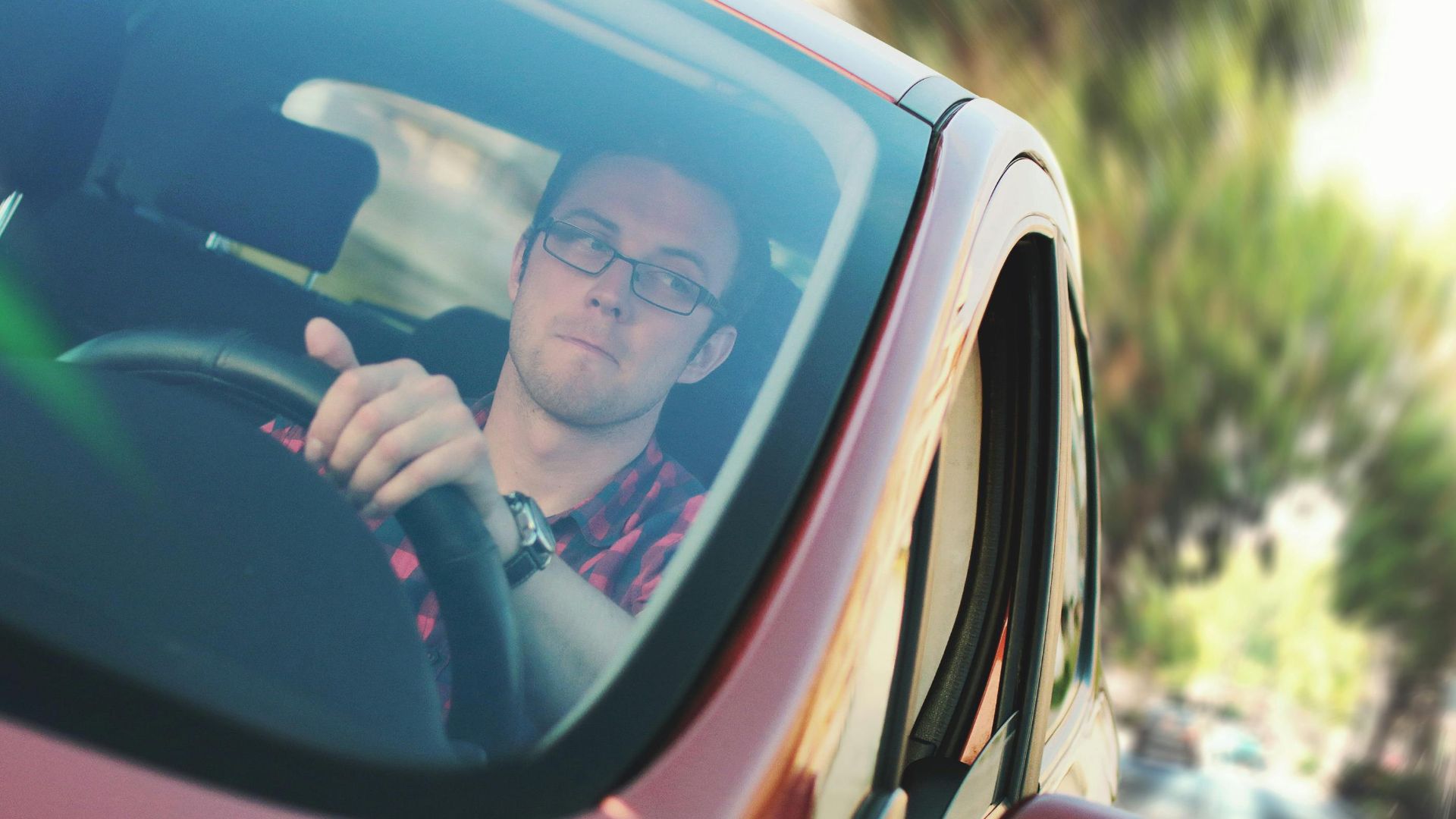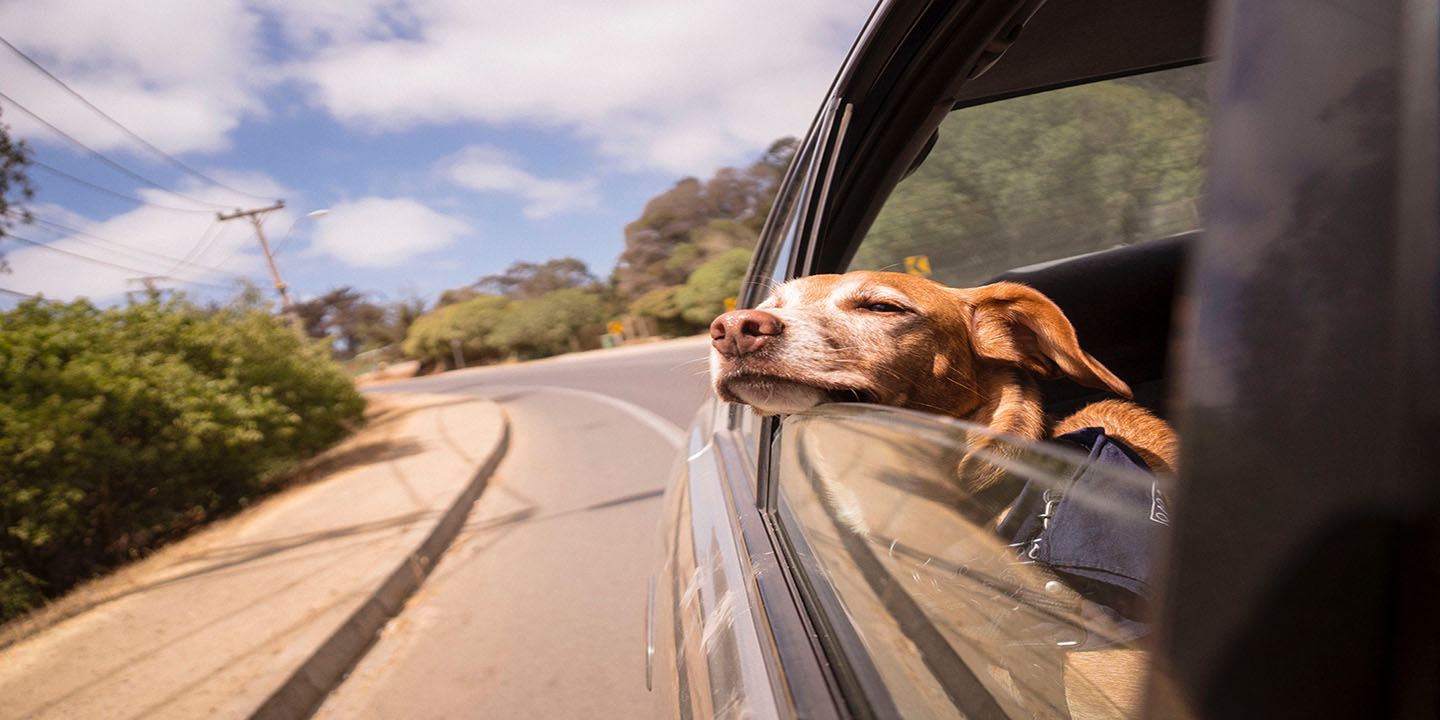What You'll Learn from Experience vs. Lessons
When you start your first few driving lessons, you might think operating a car is easy. Sure, there are little things to keep in mind—keeping a safe distance between you and other vehicles, coming to a full stop at stop signs—but most of it seems straightforward enough. Once you take off the training wheels, though, you’ll realize some real-world situations are trickier than you expected. Here are 10 things driving school doesn't teach you (and that you'll learn from experience), and 10 things they always do.
1. Dealing with Road Rage
Unless you come across a driver with a bad attitude during your lesson, you're probably not going to learn how to deal with aggressive drivers and how to handle road rage. And no—blasting your horn isn't always the right call, even if the other person is in the wrong.
2. Driving in Bad Weather
Technically, you could book your lessons to fall on a day when it's foggy, snowing, or raining, but most of the time, you'll choose to tackle the road on sunny weather. Student drivers, after all, need time to build experience and gain confidence. However, the downside is that you'll rarely ever be taught how to navigate in nonideal weather conditions or at night.
3. How to Get Gas
Sure, you could search up videos or ask friends and family members how to refuel your car, but it's one of those things where you're unlikely to be taught by your instructor how to do it. Of course, your lessons are for you to learn whatever you need to feel ready for the road, so don't be shy about bringing it up if you do want your instructors to show you the ropes.
4. Pumping Your Tires
Got a flat tire? You're out of luck if you didn't read up on how to do it after you've passed your road test, because you're unlikely to be taught how to pump them from your instructor. Another thing you might not know how to do because driving school rarely covers it? Checking your tire pressure.
5. Avoid Rubbernecking
It's best you never come across an accident scene when you're on a driving lesson, but the one thing you should learn to never do—even if your instructor doesn't teach you—is rubbernecking. This is when you inadvertently slow down on the road to gawk at an accident, which may, in turn, cause traffic congestion and more accidents.
6. Jumpstarting the Battery
Just like pumping your tires or checking your tire pressure, driving instructors rarely teach you how to handle other car troubles you might run into on the road, such as a dead battery. For things like jumpstarting a dead car, you'll likely have to ask friends and family about it or do your own research.
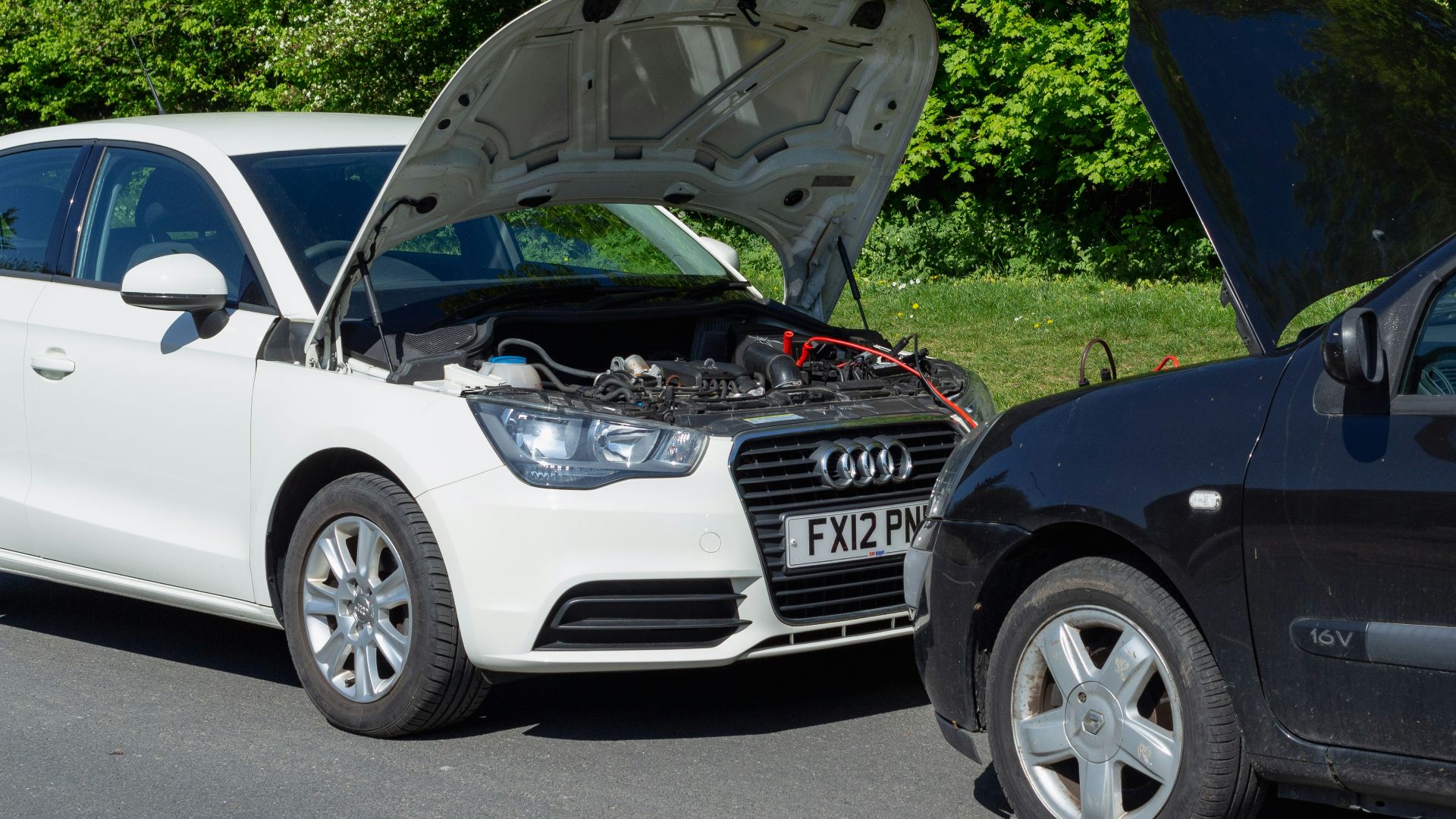 Daniel @ bestjumpstarterreview.com on Unsplash
Daniel @ bestjumpstarterreview.com on Unsplash
7. What to Do After an Accident
Even if you know the basics—exchanging driver's licenses, insurance, and contact information—what to do after an accident is something driving instructors rarely teach. You may only find out the necessary steps after you've gotten into a mishap on the road yourself.
8. Merging onto the Freeway During Rush Hour
Another thing you're rarely taught? How to merge onto the freeway during rush hour. Unless the city you drive in is always busy and it's inevitable you'll end up on a freeway somehow, somewhere, it's unlikely your instructor will put this maneuver on their must-teach list. You'll probably learn on your own, after you've gotten comfortable on the road.
9. Going Through a Drive-Thru
This might sound silly, but if you drive a manual, it can be trickier than you think. Of course, you can always ask your instructor to take you through a drive-thru so you can practice how to maintain good clutch control, so you don't accidentally stall your vehicle more times than necessary when you attempt it alone.
10. Lining Up Your Car at a Car Wash
This is another one that might sound silly at first, but it can again be tricky if you don't know how to do it right. After all, if you set your car in the wrong gear or you don't make sure you're properly lined up, you could accidentally cause damage to your vehicle—something you definitely don't want.
What, then, are the lessons you'll always be taught in driving school? Read on for 10 things your instructors will never skip explaining.
1. How to Check Your Mirrors
One thing your driving instructor will always teach you is how to check your mirrors and how often you should do it. This check doesn't just apply to reversing your vehicle or changing lanes—it's an important habit to have even for actions like braking, so you're not stopping too abruptly for the person behind you.
2. Shoulder Check
Another thing you're always taught by your instructor is how to shoulder check. Shoulder checking is especially crucial for turning, changing, or merging lanes, or parking. You always want to scan your blind spots before you move into areas where a vehicle might be.
3. Follow the Speed Limit
Your speed matters all the time, whether you're a student or seasoned driver, but it's especially important when you're first getting your lessons. As such, your instructor will likely be extremely strict to ensure you always stay on the posted limit or just under—but never over.
4. Full Stop at Stop Signs
Student drivers are also drilled on how to properly stop at stop signs. While it seems intuitive, many experienced drivers do the "rolling" stop, where they only slow down and then "roll" through the line before peeking out. Instructors will always make sure their students halt completely and wait three seconds before pulling out.
5. How to Maintain a Safe Distance
Another thing instructors make sure their students do is to maintain a safe distance between themselves and all the other road users around them. For example, they'll suggest student drivers follow the three-second rule: under normal driving conditions, maintain a distance of at least three seconds between you and the car in front of you.
6. Keep Both Hands on the Wheel
Seasoned drivers might eventually be comfortable enough to drive with one hand, even when they shouldn't, but student drivers will always be reminded to keep their hands on the 10 and 2 o'clock positions. If you're driving a manual transmission car, you may sometimes need to peel one hand away to change gears, but after doing so, that hand should always go back on the wheel.
7. Always Buckle Up
Student drivers are always reminded to buckle up and that safety comes first. Before even starting the car or putting it in the correct gear, the driver should already be strapped in and should make sure everyone else in the vehicle is, too.
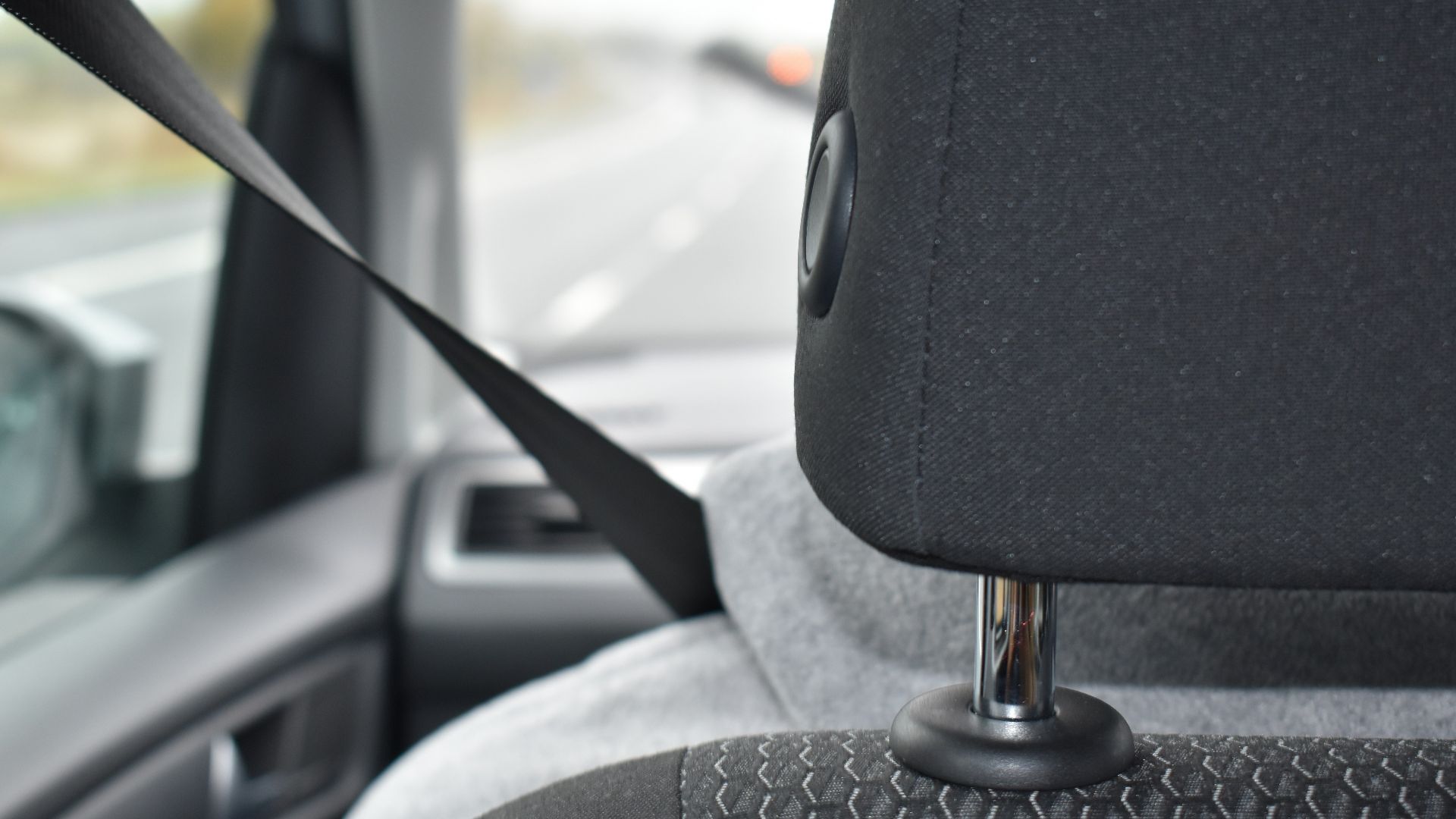 Alexandria Gilliott on Unsplash
Alexandria Gilliott on Unsplash
8. Parking
You'll be taught how to park in the three main ways as a student: reverse, front-in, and parallel. While these maneuvers often take a couple of tries to perfect, they're important to teach so that students can handle busy parking lots with ease.
9. How the Real Road Test Is Going to Be
Most of the time, driving lessons are mock tests; the instructor is going to bring you around to the most popular routes and ask you to do things a real examiner would. This, of course, helps you better prepare for when you do the real thing.
10. How to Drive Defensively
The number one thing you'll learn from your instructor as a student driver is how to drive defensively. This means being a predictable driver on the road. From checking your mirrors and blind spots to maintaining safe distances and scanning intersections before passing through them, you should always be alert and vigilant behind the wheel.


